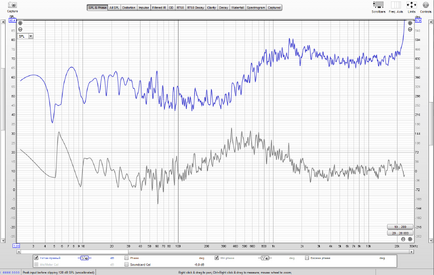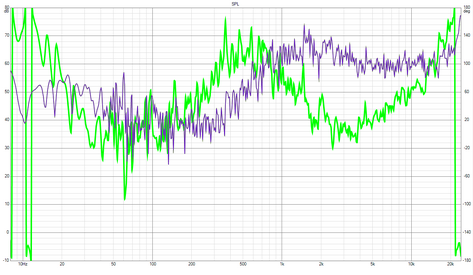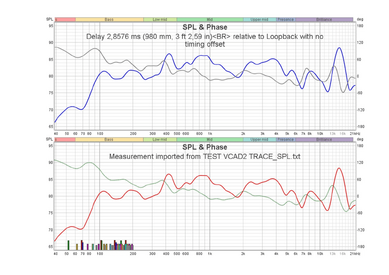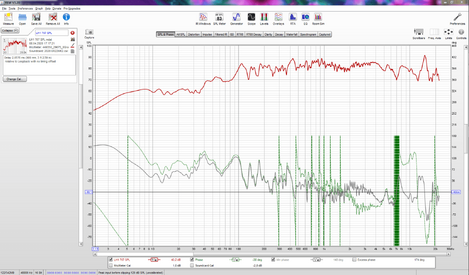John Mulcahy
I have measured the impulse response of the tweeter in REW. Then I exported this measurement to a text file for the crossover simulation program. VituixCad2. In this program, I drew only a signal source, a wire and one HF speaker. I have generated the minimum phase in REW and in VituixCad2. Which minimum phase graph is more corresponds to reality? I am attaching a measurement file, a .txt file and screenshots of the minimum phase in two programs. In the screenshot of VituixCad2, the minimum phase is green.
I have measured the impulse response of the tweeter in REW. Then I exported this measurement to a text file for the crossover simulation program. VituixCad2. In this program, I drew only a signal source, a wire and one HF speaker. I have generated the minimum phase in REW and in VituixCad2. Which minimum phase graph is more corresponds to reality? I am attaching a measurement file, a .txt file and screenshots of the minimum phase in two programs. In the screenshot of VituixCad2, the minimum phase is green.


















